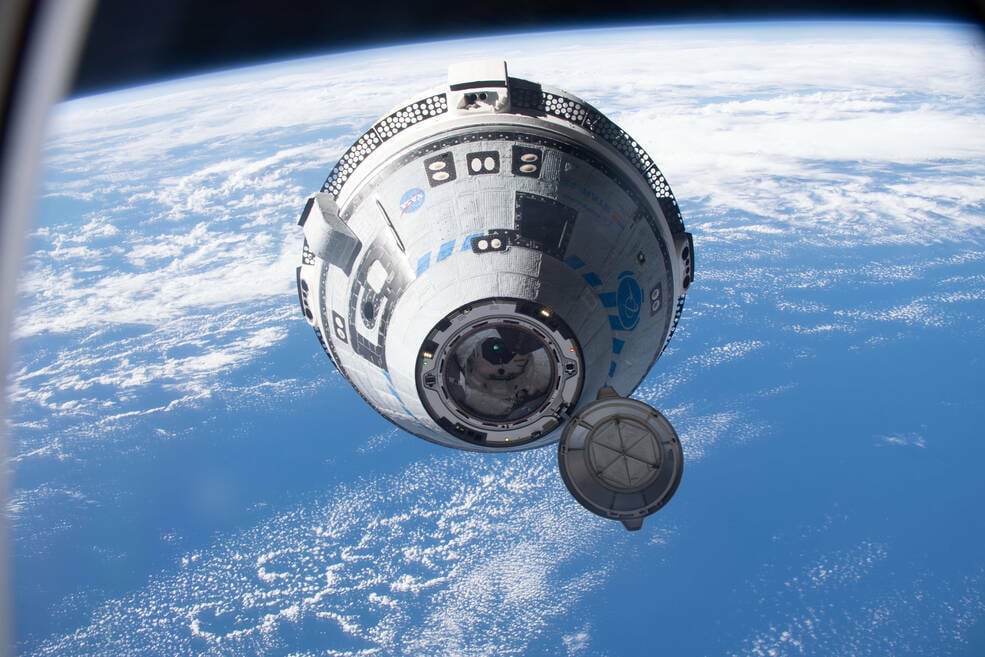NASA and Boeing have set another date – June 1 – for the first crewed launch of the Starliner CST-100, a capsule more noted for its reluctance to leave the ground than for its commercial crew capability.
The Starliner has suffered several setbacks over the years, with the latest being a helium leak detected after the May 6 scrub of the first crewed launch due to an unrelated issue with a valve in the Atlas V’s Centaur upper stage.
While the valve issue was resolved, the helium leak meant further delays while engineers and managers assessed the best way forward. The worst scenario would have meant destacking the Starliner from the Atlas V, and then detaching the capsule, which would have likely resulted in the mission being pushed back deeper into the summer or beyond.
As it is, NASA and Boeing officials said in a May 24 briefing that the leak, caused by a seal in a flange, was an isolated problem – none of the other thrusters have the same issue – and even if the seal wasn’t there at all, the team was happy to launch to spacecraft as is and manage the leak accordingly.
Worryingly, while investigating the Starliner’s propulsion system, the team discovered a potential vulnerability: a de-orbit burn might not be possible in the event of multiple thruster failures. To handle this admittedly very unlikely failure scenario, a new de-orbit procedure has been developed.
It is disappointing that pre-flight issues are still being uncovered despite years of delays and additional testing.
Steve Stich, manager of NASA’s Commercial Crew Program, said, “There has been a great deal of exceptional analysis and testing over the last two weeks by the joint NASA, Boeing, and ULA teams to replace the Centaur Self Regulating Valve and troubleshoot the Starliner Service Module helium manifold leak.
“It has been important that we take our time to understand all the complexities of each issue including the redundant capabilities of the Starliner propulsion system and any implications to our Interim Human Rating Certification.”
The next step will be the Delta-Agency Flight Readiness review to assess the work done and the flight rationale. Should all go well, the first chance to launch will be on June 1, with additional opportunities on June 2, 5, and 6. ®

Dr. Thomas Hughes is a UK-based scientist and science communicator who makes complex topics accessible to readers. His articles explore breakthroughs in various scientific disciplines, from space exploration to cutting-edge research.








